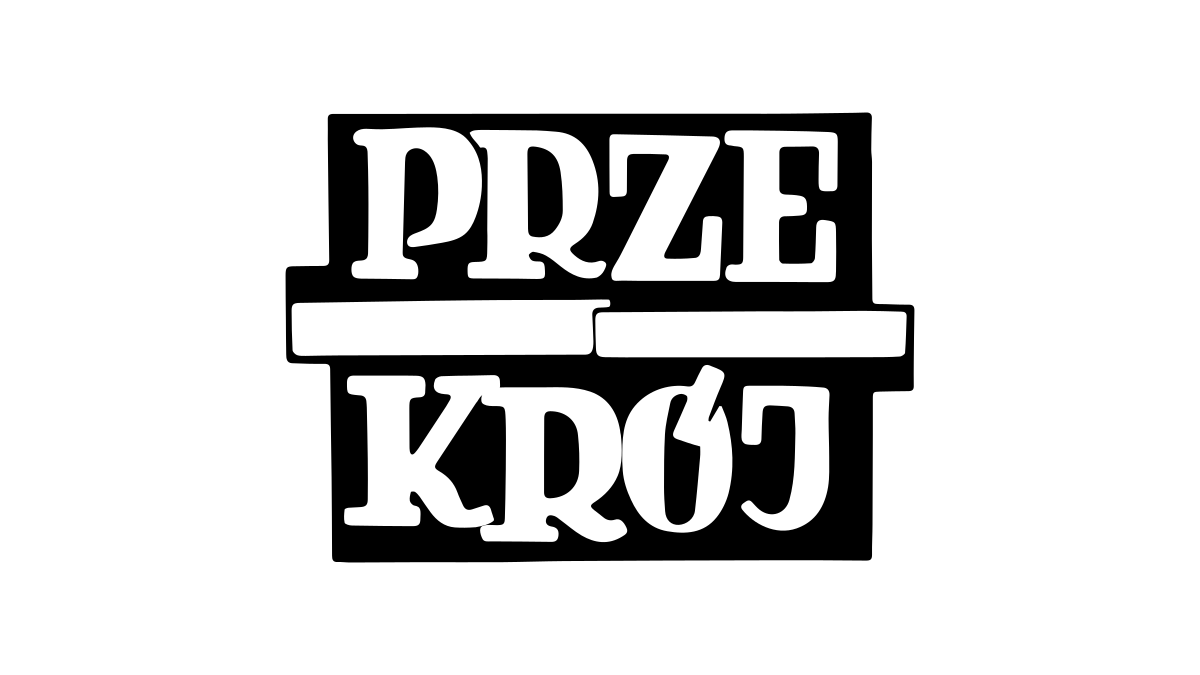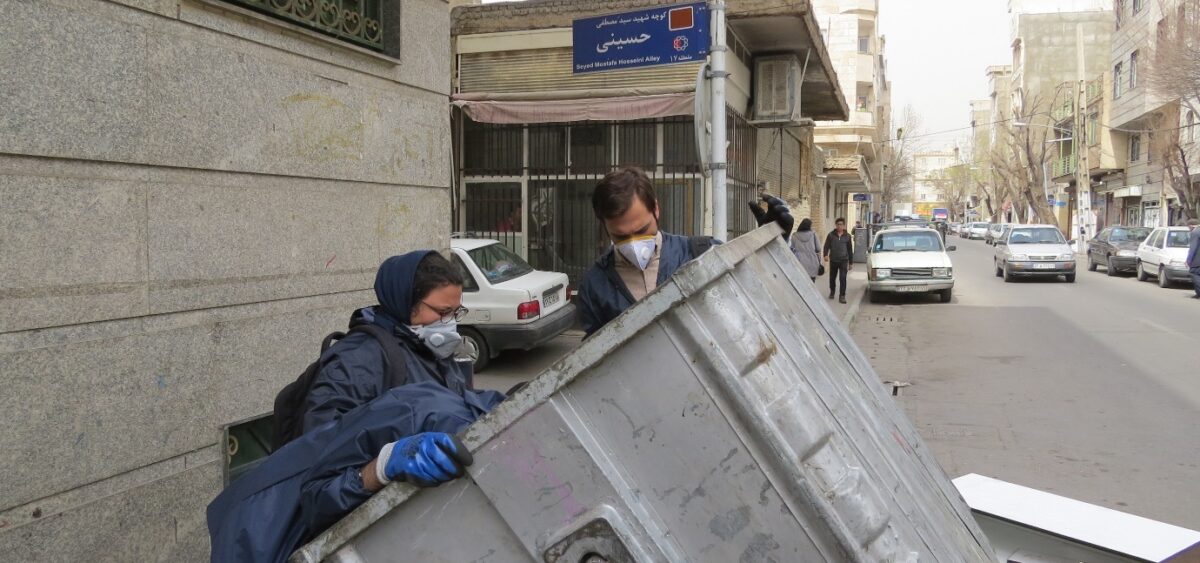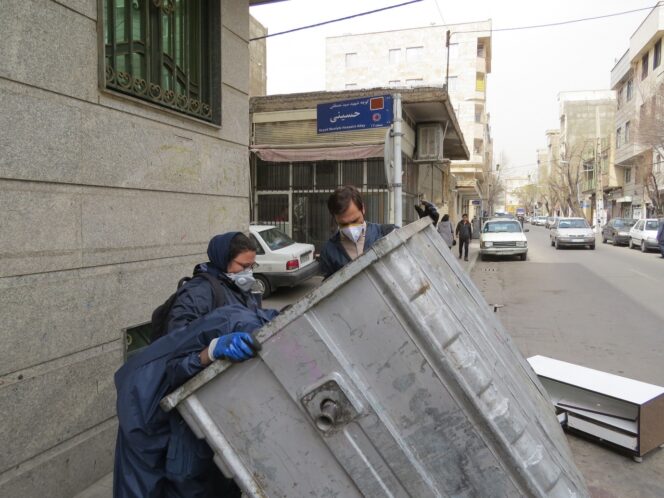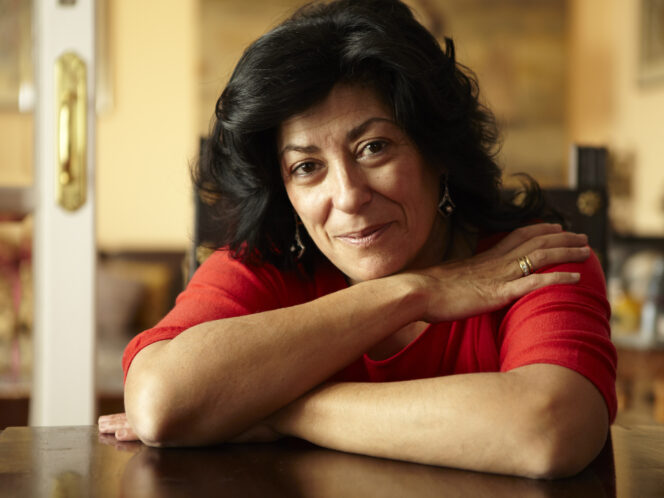
In 2010, there were only eight female archaeology professors in Iran’s universities. Aleksandra Lipczak talks to one of them, the Iranian archaeologist and academic Leila Papoli-Yazdi.
Let me start with a question you often ask your students: why do archaeologists need gender?
Since its inception, archaeology has been mostly a domain of wealthy men. They collected and imported ancient items from the East, such as coins and other precious, rare objects. When archaeology became a scientific discipline, it was still dominated by men for a long time. It was to do with the nature of fieldwork: men were supposedly better suited for it.
Although women started taking part in excavations in the first decades of the twentieth century, masculinization persisted till the 1980s, when a revolution happened and the science of archaeology became open to feminist theory. That lead to a thorough change of the idea of an archaeologist.
In Iran as well?
Archaeology is an “imported commodity” in Iran. It was brought to the Persian Empire in the nineteenth century by Naser al-Din Shah alongside other modern inventions, such as photo cameras and ballet. And then almost immediately it was taken over by the state, so it has always had strong connections with nationalism, and also with Aryanism—the search for proof of the greatness of the Aryans as ancestors of today’s Iranians, who consist of very different ethnic groups.
Even now in Iran, archaeology serves as a political tool. Former president Mahmoud Ahmadinejad posed for photographs against the Cyrus Cylinder from the 6th century BCE. Therefore, it’s not surprising that it is still a discipline dominated by government.
So you don’t have many female colleagues in Iran?
In 2010, when I lost my job at university, there were eight female archaeology professors in the whole country.
Iranian archaeology has two branches. First, there is the official one, under the aegis of the Ministry of Cultural Heritage and Tourism. There are some female archaeologists in that institution, but mainly in the administrative posts. Second, there’s the university branch. So if you’re a little bit lucky you can be a female archaeologist. But if you are, you have to ignore your gender, follow government orders, or play the role of a male to get to higher positions.
Meaning?
Archaeology in Iran serves primarily the interests of the state. It is used for strengthening the narrative of the eternal might of the nation. You can see it in the way the archaeology is practiced: at least 70 percent of excavations (according to 2017 statistics) are being conducted on prehistoric sites because this period of time is safe and in many cases








